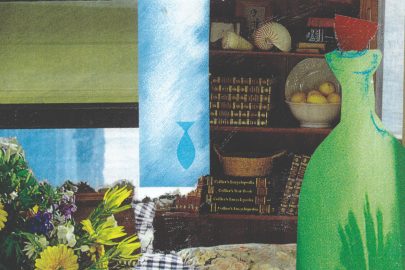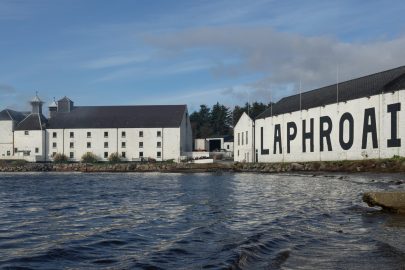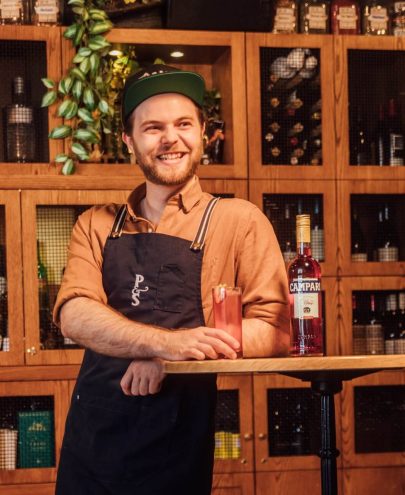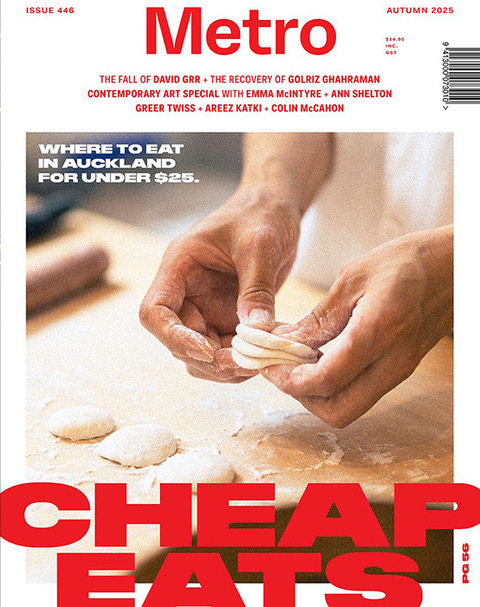Oct 15, 2014 Drinks
“There’s naught, no doubt, so much the spirit calms as rum and true religion”.
First published in Metro, September 2014. Illustration by Lauren Marriott.
Rum has been talked about as the next big thing in spirits for as long as I’ve been interested in liquor as anything more than an agent of intoxication.
Premium rums, aged in sherry casks or cognac barrels for as many years as you care to pay for, have been on liquor store shelves for years, but the appreciation of rum as a sip-worthy drink has been handicapped by the rum & Cokes too many people drank too many of in their youth.
Rum, essentially fermented and distilled molasses (or occasionally sugar-cane juice), is, unsurprisingly, sweet. And while a Cuba Libre (a fancy rum & Coke made with lime and care) may be a fine thing if it’s well balanced and the sun is shining, too often rum is used merely to add alcohol to half-flat postmix Coca-Cola. What’s the point? If you don’t like the taste of alcohol, just have a shot, a Coke to chase and be done with it.
A brief history: Christopher Columbus took sugar cane to the Caribbean in the 15th century. The sweet grass was turned into sugar and exported, leaving behind molasses, a thick, sticky by-product. Molasses had no value and was too heavy to transport so was used to feed slaves and farm animals. By the 17th century, the slaves discovered that the molasses would ferment when mixed with a small amount of sugar-cane juice. Once distilled, this fermented waste product became a sweet, temporary escape from their daily labour.
A contemporary account from Barbados referred to it as “Rumbullion” or “Kill-Divil”, a “hot, hellish, and terrible liquor”. We now know that hellish liquor as rum.
All rums — white, gold, dark, black, spiced — start as a clear liquor distilled at 85-95 per cent. A rum’s strength is determined by how much water it’s mixed with before bottling. Its colour is the result of many variables: its age, the type of barrel it’s been aged in, and whether it contains added caramel or molasses. Cheap gold or dark rums will be coloured with dye and are best avoided if your budget allows.
The semi-fake history of this very real drink: while exploring the Caribbean, Columbus’s travelling physician, Diego Álvarez Chanca, began experimenting with the medicinal power of chillies. Legend has it that Chanca was bitten by a scorpion and quickly conceived of the drink as an antidote. The Scorpion enjoyed a brief legitimacy before its effectiveness as an antidote was found to be, well, anecdotal.
Five centuries later, a botany student at Victoria University discovered Chanca’s early writings in a dusty volume in the library of the School of Biological Sciences. Inspired, he revived the Scorpion for his 21st century needs, as an antidote to a lack of motivation to leave the house when late-night socialising has been planned.
In my younger, less socially responsible days, when the joy of alcohol was its effect and not its consumption, I would occasionally indulge in a shot or two of overproof rum from the pokies bar on Mercury Lane. At 150 proof (75 per cent alcohol), it tasted like candied petrol. Two shots gave you the buzz of a six pack of beer, hitting your face before your inhibitions, paralysing your cheeks like a cheap dentist.
I recommend trying it once, but not twice. There’s no need for twice.
The Scorpion
- Hot sauce
- More hot sauce
- 1 part rum (the stronger the better)





